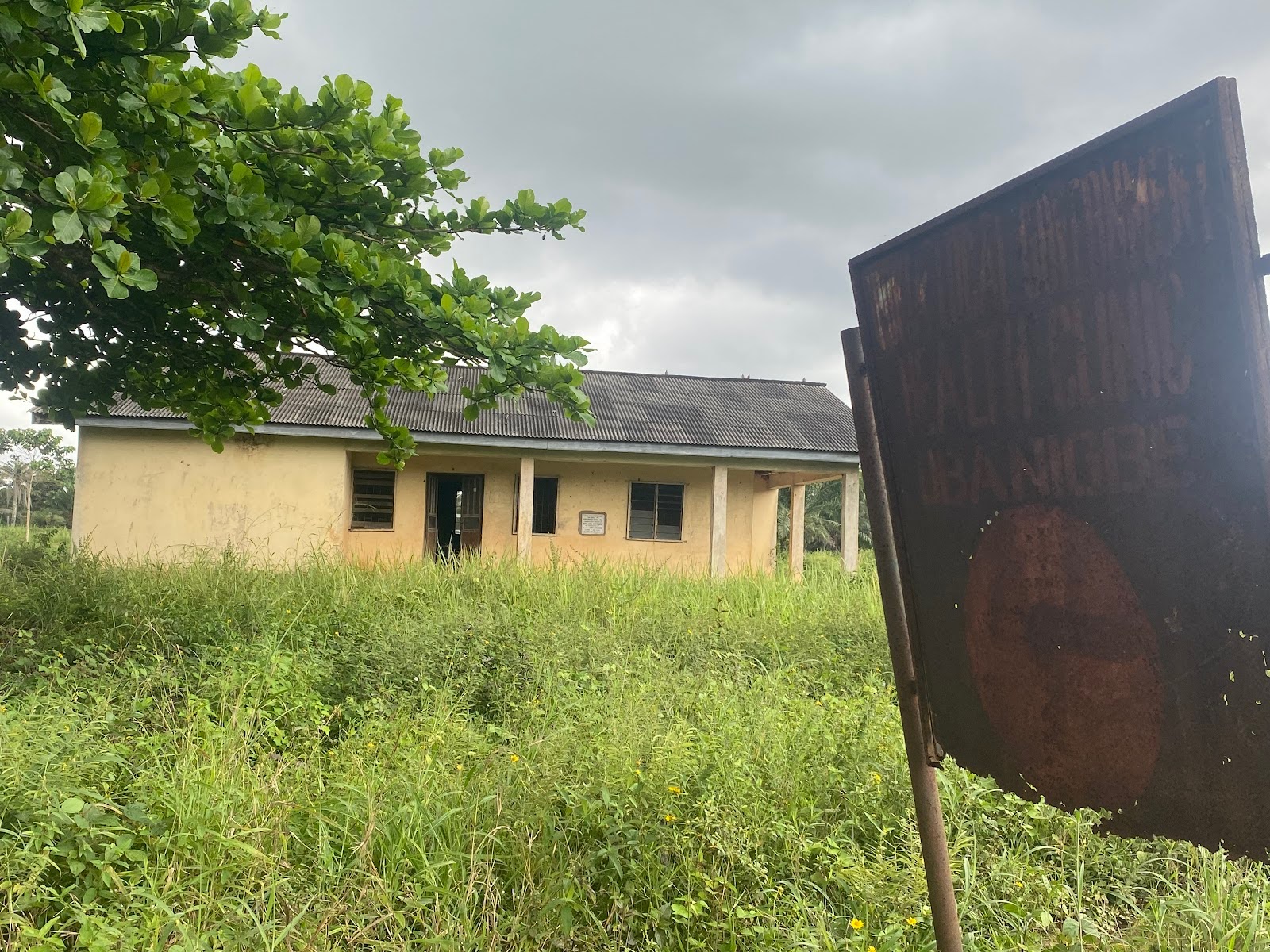 The quest for efficient and cost-effective methods in seismic data acquisition has been one of the most pressing challenges in the energy sector, particularly in offshore environments where complex geological conditions and environmental sensitivity pose significant hurdles. In a breakthrough study, Mr. Elemele Ogu, a leading expert at TotalEnergies Exploration and Production Nigeria Limited, along with his esteemed co-authors Peter Ifechukwude Egbumokei, Ikiomoworio Nicholas Dienagha, and Wags Numoipiri Digitemie, has presented a revolutionary conceptual model for seismic acquisition, titled A Conceptual Model for Cost-Effective Seismic Acquisition in Complex Offshore Environments through Data Optimization and Technological Innovation. Published on June 27, 2021, in the Magna Scientia Advanced Research and Reviews, the paper introduces a comprehensive, data-driven approach to optimizing seismic surveys while minimizing costs and environmental impact.
The quest for efficient and cost-effective methods in seismic data acquisition has been one of the most pressing challenges in the energy sector, particularly in offshore environments where complex geological conditions and environmental sensitivity pose significant hurdles. In a breakthrough study, Mr. Elemele Ogu, a leading expert at TotalEnergies Exploration and Production Nigeria Limited, along with his esteemed co-authors Peter Ifechukwude Egbumokei, Ikiomoworio Nicholas Dienagha, and Wags Numoipiri Digitemie, has presented a revolutionary conceptual model for seismic acquisition, titled A Conceptual Model for Cost-Effective Seismic Acquisition in Complex Offshore Environments through Data Optimization and Technological Innovation. Published on June 27, 2021, in the Magna Scientia Advanced Research and Reviews, the paper introduces a comprehensive, data-driven approach to optimizing seismic surveys while minimizing costs and environmental impact.
“The offshore energy sector faces increasing pressure to conduct seismic surveys efficiently while maintaining high standards in data accuracy and environmental responsibility,” explains Mr. Ogu. “Our model addresses these challenges by integrating advanced technologies and data optimization techniques, significantly reducing the financial and environmental costs typically associated with seismic operations.”
The research offers a pioneering model that utilizes data optimization strategies, machine learning algorithms, and real-time data processing to enhance seismic survey operations. The proposed framework integrates the use of ocean-bottom nodes (OBNs), towed streamers, and advanced signal processing techniques to collect high-resolution seismic data efficiently, even in complex offshore environments with challenging subsurface characteristics. The integration of these technologies allows energy companies to reduce the need for redundant data collection, thus minimizing the overall operational costs.
“By using machine learning to analyze historical seismic data, we can predict optimal survey parameters and locations,” Mr. Ogu explains. “This enables companies to make smarter decisions, cut down on unnecessary surveys, and drastically reduce the costs involved in seismic data acquisition.”
A key aspect of the model is its emphasis on eco-friendly seismic technologies. The use of autonomous seismic nodes powered by renewable energy sources, such as solar or wind, aligns with the global shift toward more sustainable energy practices. These innovations minimize the carbon footprint of seismic operations while maintaining operational effectiveness, offering a clear path for companies in the energy sector to meet both their financial and environmental goals.
“The incorporation of renewable energy into seismic operations, such as solar-powered autonomous nodes, represents a significant step toward reducing the environmental impact of offshore exploration,” says Mr. Ogu. “This sustainable approach to seismic acquisition not only reduces operational costs but also aligns with global sustainability initiatives, ensuring that energy companies operate more responsibly and efficiently.”
Moreover, the framework integrates real-time data analytics that enhance decision-making during seismic surveys. By continuously processing and analyzing data as it is collected, companies can make immediate adjustments to their acquisition strategies, improving the quality of the seismic data and reducing the need for costly re-surveys or inefficient surveying techniques.
“Real-time data analytics allow energy companies to monitor their seismic surveys as they unfold,” Mr. Ogu notes. “With this technology, we can make data-driven adjustments on the fly, optimizing survey parameters and minimizing costly delays, all while ensuring the accuracy and reliability of the seismic data collected.”
The research also delves into the use of hybrid seismic technologies, combining the benefits of towed streamers and OBNs to achieve more accurate imaging in geologically challenging areas. The integration of these technologies allows for high-resolution imaging of subsurface formations, even in environments where traditional seismic methods might struggle, such as deepwater regions or areas with complex geological features.
“By using both OBNs and towed streamers, we are able to gather complementary data that provides a more complete picture of the subsurface, improving exploration outcomes while also reducing the need for extensive data collection,” Mr. Ogu says. “This hybrid approach enhances the precision of seismic surveys while cutting operational costs, making the process more efficient and cost-effective.”
The model also addresses the economic impact of adopting these advanced seismic methods, with a focus on the long-term cost savings and efficiency improvements that can be achieved. Mr. Ogu and his team have demonstrated through case studies how the adoption of this conceptual model can reduce seismic survey costs by up to 30%, while simultaneously improving the accuracy and quality of data collected. This has the potential to significantly enhance the financial viability of energy exploration projects in offshore regions.
“The cost savings realized by implementing our model are substantial, and the improvements in data quality also make exploration projects more predictable and efficient,” Mr. Ogu notes. “This model is designed to help energy companies improve profitability while reducing operational costs and minimizing environmental risks.”
Beyond the technical and financial benefits, the research emphasizes the importance of collaborative partnerships between industry stakeholders, including energy companies, technology providers, and regulatory bodies, to successfully implement the model. Mr. Ogu advocates for government incentives, public-private partnerships, and industry-wide standards to facilitate the adoption of these innovative technologies and ensure that seismic operations are conducted more sustainably across the sector.
“For this model to be adopted on a larger scale, collaboration is key,” says Mr. Ogu. “Governments, energy companies, and technology developers must work together to create an ecosystem that supports innovation, addresses regulatory concerns, and promotes sustainable practices in offshore energy exploration.”
In conclusion, Mr. Elemele Ogu’s research offers a groundbreaking approach to offshore seismic acquisition, combining data optimization, advanced seismic technologies, and eco-friendly practices to deliver a model that not only reduces costs but also minimizes environmental impact. This work provides the energy sector with a pathway to more efficient and sustainable seismic operations, setting the stage for future energy exploration practices that align with global sustainability goals.
“Our model represents a significant leap forward in how seismic surveys are conducted in complex offshore environments,” concludes Mr. Ogu. “It provides energy companies with the tools to reduce costs, improve efficiency, and contribute positively to the global sustainability movement, ensuring a cleaner, more responsible future for the industry.”






